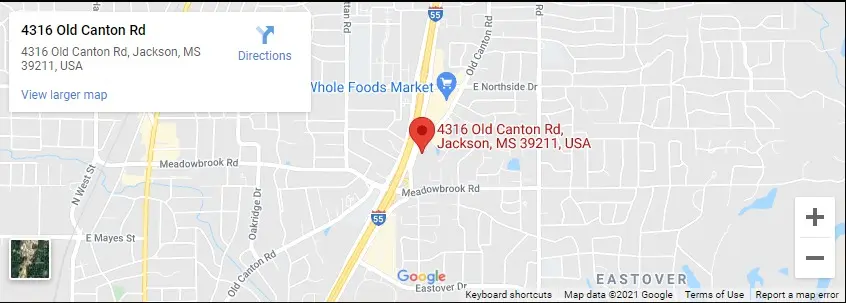What is a Debt Discharge?
A debt discharge is not limited to Chapter 7 bankruptcy. Debt discharges can also occur in Chapter 13 bankruptcy.
In Chapter 13 bankruptcy, a debt repayment plan is formed for the debtor to follow. Generally, when the repayment plan that was agreed on is successfully completed by the debtor, certain remaining debts can be discharged.
In most cases, if the agreed-to Chapter 13 repayment plan is not successfully completed, no debt discharge occurs. However, there is an exception to this. In certain limited circumstances, a person who entered into Chapter 13 bankruptcy but is unable to successfully complete their repayment plan can receive a special debt discharge called a hardship discharge.
Typically, all of the following requirements must be met for a debtor in a Chapter 13 bankruptcy to receive a hardship discharge:
- The debtor was not at-fault for the circumstances that caused the plan to be unable to be completed.
- The circumstances that resulted in the failure to complete the plan were beyond the debtor’s control.
- It is impossible to modify the plan.
- The creditors in the case have already received as much as or more than they would have under Chapter 7 bankruptcy.
As a note, the list of debts that can be discharged in a hardship discharge is a bit shorter than the list of debts that can be discharged in a typical Chapter 13 discharge.
As the hardship discharge illustrates, special circumstances can sometimes arise in a bankruptcy case which make it so the typical rules don’t apply. This is one of the many contributors to the complexity of bankruptcy cases. Bankruptcy attorneys can help Chapter 13 bankruptcy filers with addressing any special circumstances that come up in their case and with navigating the different aspects of their case.
Source: U.S. Courts, “Chapter 13 – Bankruptcy Basics,” Accessed Dec. 17, 2015




Connect with Us